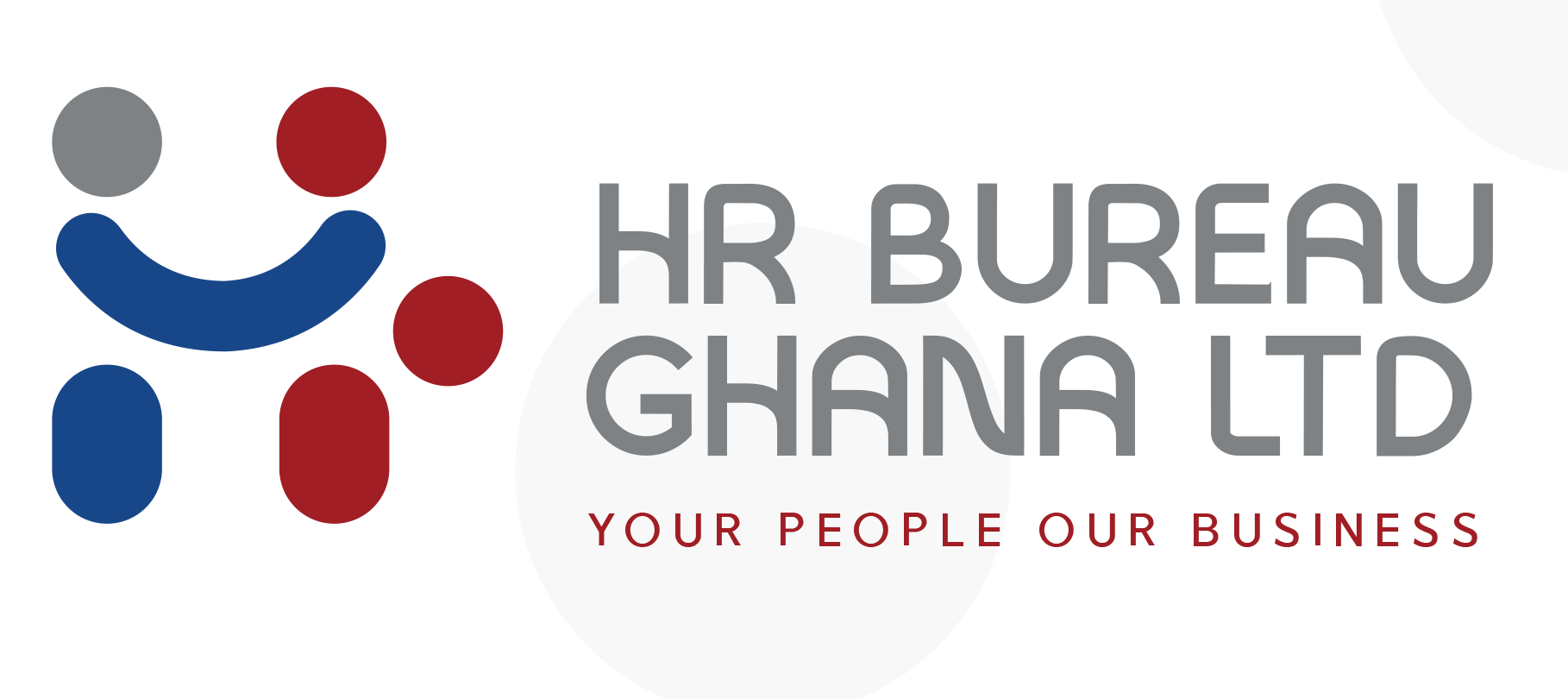The term Millennial is used to describe people born between 1980 and 2000. They are also known as Generation Y (Gen Y). The term Millennial usually applies to individuals who reached adulthood around the turn of the 21st century. Millennials are identified by the following common behavior traits technology savvy, job-hoppers, skeptics, impatient and disloyal, non-conformist, insubordinate, ambitious-yet-lazy, digital and social media addicts.
Workplace satisfaction matters more to Millennials than monetary compensation. Work-life balance is often considered essential. They are less likely to put up with an unpleasant work environment and more likely turn to social media platforms to voice their concerns. Satisfied Millennials on the other hand advocate for organizations they work for, provide honest, free and convincing public relations (PR).
A study conducted by Bloomberg in 2018, noted that Millennials accounted for 31.5% of the world population. In a similar survey by Price Waterhouse Coopers, it projected that Millennials will account for half of the global workforce by 2020. Data from the Ghana statistical service show that 57% of the working population is under the age of 25. These statistics make it imperative for institutions to put in place measures that will effectively manage Millennials at the workplace to boost performance.
We share some strategies that can be used by institutions to manage Millennials at the workplace.
Assess employee engagement factors at least once every two years
Use employee engagement surveys to identify employee needs and gaps at the workplace. This will help identify determinant factors for each demographic group which may vary at the workplace. Essential management decisions can be made from the information obtained from such surveys to strengthen organizational performance. Questions relating to work-life balance, participation in decision making, flexible work schedule, use of technology at the workplace and games could be asked. Ask open-ended questions to give staff the opportunity to express and share their opinions about the issues.
Promote work-life balance activities
The quest to achieve organizational targets can be stressful some-times for everyone at the workplace. These may require staff to work longer hours or during weekends placing their work-life out of balance. Work-life balance has been found to have a relationship with labor-turnover. When an employee’s personal life conflicts with their work schedules, there is a tendency for them to leave a job based on how such a situation is handled by their supervisors. Organizations in their quest to manage Millennials may consider practices such as paid vacations & weekends, Happy hour activities, paid sports subscriptions, etc. This assessment should be done on a regular basis and objective to determine if staff are performing at their optimum and in cases where challenges exist to address them.
Create opportunities for growth
It is important that Millennials know there are opportunities for growth at the workplace. The absence of such opportunities brings them to a point of evaluating their role and future with the organization. If they feel stuck in a routine role for a long time, they will leave the organization. Career discussions should be held with their line managers and HR at least twice in a year to bring direction to their career growth. Rotation of roles similar to their career choice should also be considered as a means to create growth opportunities.
Embrace Technology
The effectiveness of technology and social media in promoting business growth in recent times cannot be overemphasized. Millennials by virtue of their period of birth find themselves in a digital age and are tech-savvy. Studies have shown that Millennials spend an average of two and a half hours on social media every day, and send on average 50 texts a day. Multi-networking is the new norm and presents great opportunities to meet other professionals, promote businesses and generate leads as well as revenue. Organizations should adopt technology at the workplace to get the best out of Millennials. It is however essential that the organization institute control measures prevent abuse of technology.
Conduct Stay Interviews
At the core of the practice of Stay Interviews is to reduce employee turnover. Instead of waiting to hold exit-interviews when staff is leaving, conduct Stay interviews particularly with Millennials to identify key areas to improve. Steps should then be taken to address possible concerns in the broader interest of promoting long-term stay in the organization.
Enhance your organizational
Practices aimed at promoting team cohesion and staff performance are evolving and it is essential for the organizations to keep up with industry trends. Millennials are usually expressive, and like every other staff want to work and stay in organizations whose values they identify with. Practices that are autocratic, procedural & process inclined, command-and-control driven, dismissive of employee voice, and overly conservative will not attract and retain Millennials for the long term. An organization’s culture should be friendly to attract people especially Millennials. Practices that will enhance organizational performance includes promoting inter-generational working teams, adopt workgroup concepts, brainstorming sessions, adopt inverse-mentor system (where a young staff is paired with an older employee to learn new skills usually in technology).
The argument of singling out one generation and proposing measures to manage them at the workplace has been questioned by People Management and Business Professionals in recent times. The concern has always been that every generation thinks that the subsequent one is lazy and does things differently.
That notwithstanding, we believe that staff in an organization must be categorized and studied for effective management to ensure they give out their best at the workplace. Clearly, inter-generational conflicts cannot be avoided in the workplace neither can Millennials as they make up a good percentage of our workforce globally now.
Indeed, Millennials are clearly the most misunderstood and discussed generation of our time.
Organizations must, therefore, adopt creative ways to manage Millennials at the workplace to get the best out of them. Using people management practices that worked in the past may not necessarily yield the expected outcome with Millennials because of their unique needs.


